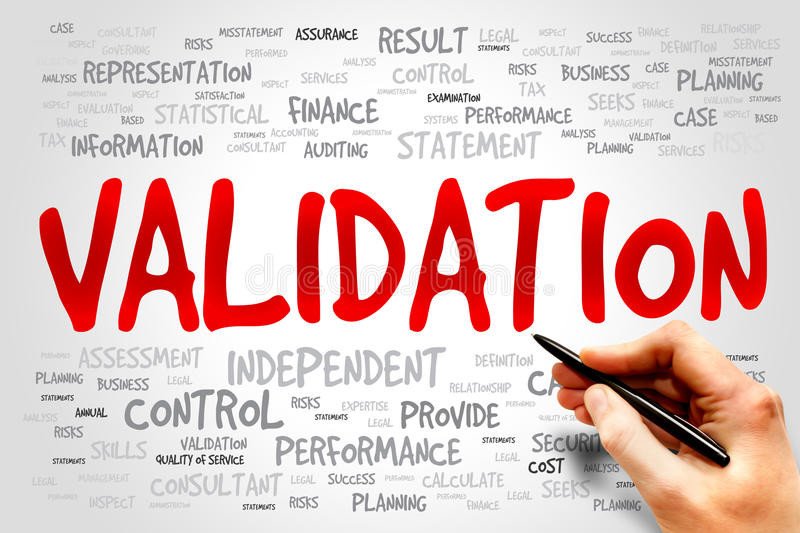“Manufacturing Excellence: Distinguishing Process and Product Validation”

Certainly! Let’s delve into the detailed distinctions between Process Validation and Product Validation, particularly within the pharmaceutical and medical device industries:
Process Validation
Definition: Process Validation is the collection and evaluation of data, from the process design stage through commercial production, which establishes scientific evidence that a process is capable of consistently delivering quality products.
Purpose: To ensure that the manufacturing process consistently produces products that meet predetermined specifications and quality attributes.
Key Characteristics:
-
Scope: Encompasses the entire manufacturing process, including equipment, facilities, personnel, and procedures
-
Stages:
-
Process Design: Defining the commercial manufacturing process based on knowledge gained through development and scale-up activities.
-
Process Qualification: Confirming that the process design is capable of reproducible commercial manufacturing.
-
Continued Process Verification: Ongoing assurance during routine production that the process remains in a state of control.
-
-
Timing: Initiated during the early stages of product development and continues throughout the product lifecycle.
-
Documentation: Includes validation protocols, standard operating procedures (SOPs), batch records, and process control documents.
Product Validation
Definition: Product Validation involves evaluating and verifying that the final product meets the intended use, safety, and efficacy requirements.
Purpose: To confirm that the finished product performs as expected in its intended environment and meets all regulatory and user requirements.
Key Characteristics:
-
Scope: Focuses on the final product, assessing aspects like composition, formulation, packaging, labeling, stability, and efficacy.
-
Activities:
-
Testing and analysis of the finished product.
-
Ensuring the product meets quality performance and regulatory compliance.
-
-
Timing: Conducted after the manufacturing process has been established and the final product is produced.
-
Documentation: Includes product specifications, testing methods, batch records, stability data, and other relevant information.
🆚 Comparative Overview
| Aspect | Process Validation | Product Validation |
|---|---|---|
| Focus | Manufacturing process consistency and control | Final product’s performance, safety, and efficacy |
| Scope | Entire manufacturing process | Finished product attributes |
| Timing | Begins during product development; continues throughout product lifecycle | After product manufacturing; prior to market release |
| Objective | Ensure process produces consistent, quality products | Confirm product meets intended use and regulatory requirements |
| Documentation | Protocols, SOPs, batch records, process control documents | Product specifications, testing methods, stability data |
🧠 Summary
While both Process Validation and Product Validation are critical components of quality assurance in manufacturing, they serve distinct purposes. Process Validation ensures that the manufacturing process is capable of consistently producing quality products, focusing on the process itself. In contrast, Product Validation confirms that the final product meets all intended use requirements and performs safely and effectively in its intended environment.
🎓 Discover one of the best Pharmaceutical Quality Assurance course available — click below to explore the course that’s shaping future Quality Assurance skills.

